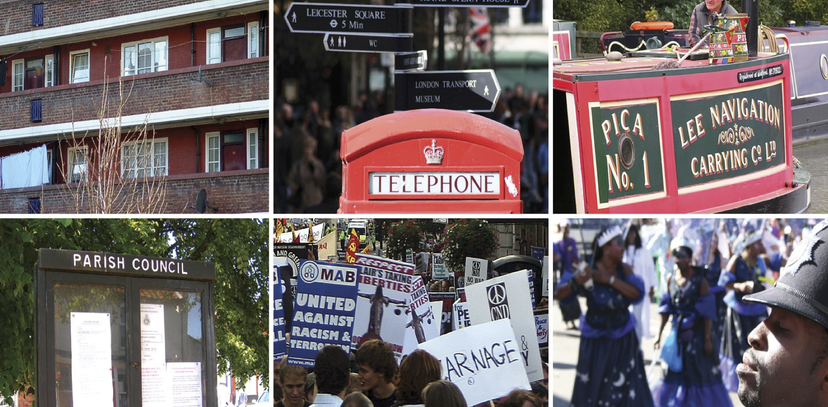
Before we set up Social Life, we (Nicola and Saffron) ran the Young Foundation’s programmes on neighbourhoods. It’s good to see many of the ideas we worked on being taken up in the new Plan for Neighbourhoods, but sad to see how little progress there has been. For small areas where residents face profound problems of deprivation and disadvantage, if anything, things are worse.
We took a lot that we learnt from this work into Social Life, particularly the importance of the neighbourhood in defining everyday experience and opportunities, and as a unit for public sector intervention. And also the importance of the less tangible issues in local life - our sense of belonging, agency, safety and our local social relationships. This informs our social sustainability framework, which we’ve recently updated, and our work in regeneration areas - we've been working in some places for over a decade. The lessons from our past work are being applied now, on the ground.
So we welcome the return to holistic thinking within government and increased interest within public policy, including the Independant Commisison on Neighbourhoods.
A strength of the neighbourhoods announcement this week is the recognition of what was achieved in the New Deal for Communities. We need to look back to that decade and learn from the intensive work that took place in neighbourhoods in those years.
Two pieces of our work at the Young Foundation are worth dusting off.
The first is the report from our work on Transforming Neighbourhoods, a two-year programme of research, innovation and practical action carried out by the Young Foundation, the Improvement and Development Agency, LGA, CABE, the Housing Corporation, JRF and 15 local authorities. This was designed to encourage a major devolution of power to neighbourhoods and communities in England.
The other describes our work on three small estates in Coventry, Tyneside and Kent. We wanted to understand the areas that had not been able to access the big area regeneration programmes of the time. In many ways what we learnt is very applicable to the situation today - the big investments of the past are unlikely to be replicated.
Our report, The End of Regeneration, describes what we found when we spoke to residents and agencies about the social and emotional support needed to tackle entrenched deprivation. We heard how local government tended to focus on improving neighbourhood services or the physical fabric, rather than tackling entrenched social issues.
The current new, and so deeply needed, wave of area regeneration will only work if it learns from the past and is alive to the new needs of today, in a more fragile and precarious world.
Our three takeaways from our recent work on regeneration schemes are that we have to safeguard the social and environmental assets of local areas, meet the needs of residents in different circumstances including people with the least power and security, and finally we have to raise our collective game to make better decisions about the balance between social, environmental and economic trade offs.